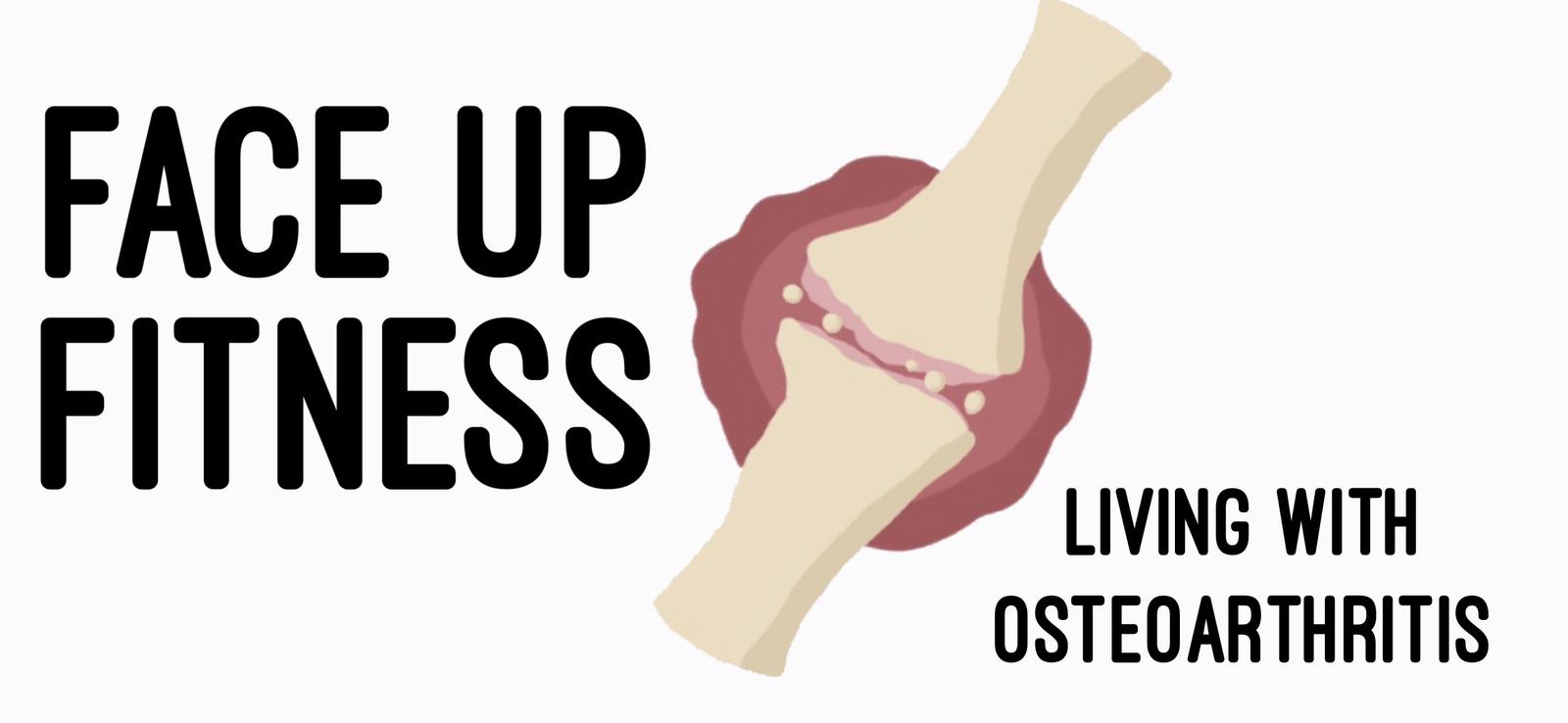After years of constantly having to shave my body hair (a dark hair/pale skin combo often brings with it a profusion of visible hair on legs, underarms and lady bits, does it not girls?) I was finally free of the razor blade. What brought about this change? A gizmo called the Philips Lumea.
The Philips Lumea is a light-based hair removal tool for use at home. It uses IPL (Intense Pulsed Light), the same technology that has been used in salons for around 20 years.
I bought the Lumea in early 2012, shortly after purchasing the Philips ReAura home skin rejuvenation laser (review here). I had heard many great things on professional laser hair removal but thought it prohibitively expensive. Home solutions were still fairly new and it was really only after being so impressed with the ReAura that I started to seriously consider something like the Lumea.
Buying the Philips brand wasn’t a given - I compared everything that was available on the market. My reasons for choosing it were the following (and much of this remains relevant):
- IPL is proven
- All IPL devices have a limited number of flashes. My model has 100,000, way more than most and enough to last 5 years with normal use. Check the number of flashes. Replacement bulbs can cost almost as much as the machines themselves!
- it’s hands free so I could use it in the bathroom (some IPL systems need to be plugged in to a mains supply during operation)
- treatment is relatively quick: 15 minutes per lower leg; 1.5 minute per underarm. The treatment window is quite big. Check and compare sizes as that dictates treatment times
- it has a precision attachment, so the device can be used on the face too
I bought the top-of-the-range Lumea SC2002. It has since been superceded by newer models but the SC2002 is still current and has held its price well – now retailing at £400, just £50 less than I paid. The current top model costs £450. But I just noticed on the Philips website that a compact IPL device is now also available for £200 – I wasn’t even aware of this launch!
How does IPL work?
It heats up the hair and root beneath the skin. The melanin in the hair and hair root absorbs the released light pulses. The darker the colour of the hair, the more light can be absorbed. This process stimulates the hair to go into the resting phase, and hair growth is inhibited.IPL was the main home technology back in 2012 but a number of new players and technologies have since arrived on the scene, not least Tria Beauty, with its laser-based solution. I’ve never used the Tria, so I can’t compare it from a user’s perspective.
But Tria makes great claims about its device delivering “permanent” results. As far as I know Philips never states “permanent” in its marketing, simply saying “hair removal”. One IPL manufacturer (not Philips) told me that there are strict rules over what can be claimed in marketing material. I don’t want to get bogged down in arguments and rules but if you want to read further the US Food and Drug Administration has a consumer guidance section (note, this is US regulations) here.
What matters to me is user experience. I’ve been using the Lumea for more than 2 years and what of my hair re-growth today? Well, in the places where I’ve zapped it’s either zero or the hairs so few and fine that I can hardly see them. The odd hair I do get I need to zap just once every 8 weeks or so. I’m thrilled beyond words. The Lumea has been a life changer! Check out my photos.
 |
| Hair re-growth 8 weeks after last treatment: underam (L) and leg (R) |
How to use the Lumea
It’s easy peasy to operate. Simply set the intensity to your skin type (Philips provides an easy to follow table), place the Lumea on the area you want to treat at a 90 degree angle (a green light tells you if positioning is correct – it won’t operate if not) and zap.Then move to the next area you want to treat, overlapping with the previous slightly to avoid untreated areas, and repeat. Continue until you’ve covered the whole treatment area. It’s as simple as that. Initially, you need to treat once every two weeks. But within a few months, skin is smooth and hair free.
Does it hurt?
I don’t feel anything really. It’s got none of the ReAura’s discomfort factor. It’s important to note that I am fair skinned and dark haired. This combination makes me a perfect candidate for this type of hair removal, and the least likely to suffer any complications. For example, darker skins can be more susceptible to burns (though remember these are home devices, so much less powerful than salon machines).But, there are certain skin and hair types that Philips says are not suitable for the Lumea. These are:
- white, grey, red and light blonde hair
- brownish black and darker skin (skin that rarely to never sunburns, very dark tanning)
Final Words
If your unwanted hair is getting you down, you are a suitable candidate for light-based or laser-based hair removal, and you are seriously thinking about buying a machine, I have three words to say: GO FOR IT!More info on the Philips Lumea can be found here.




